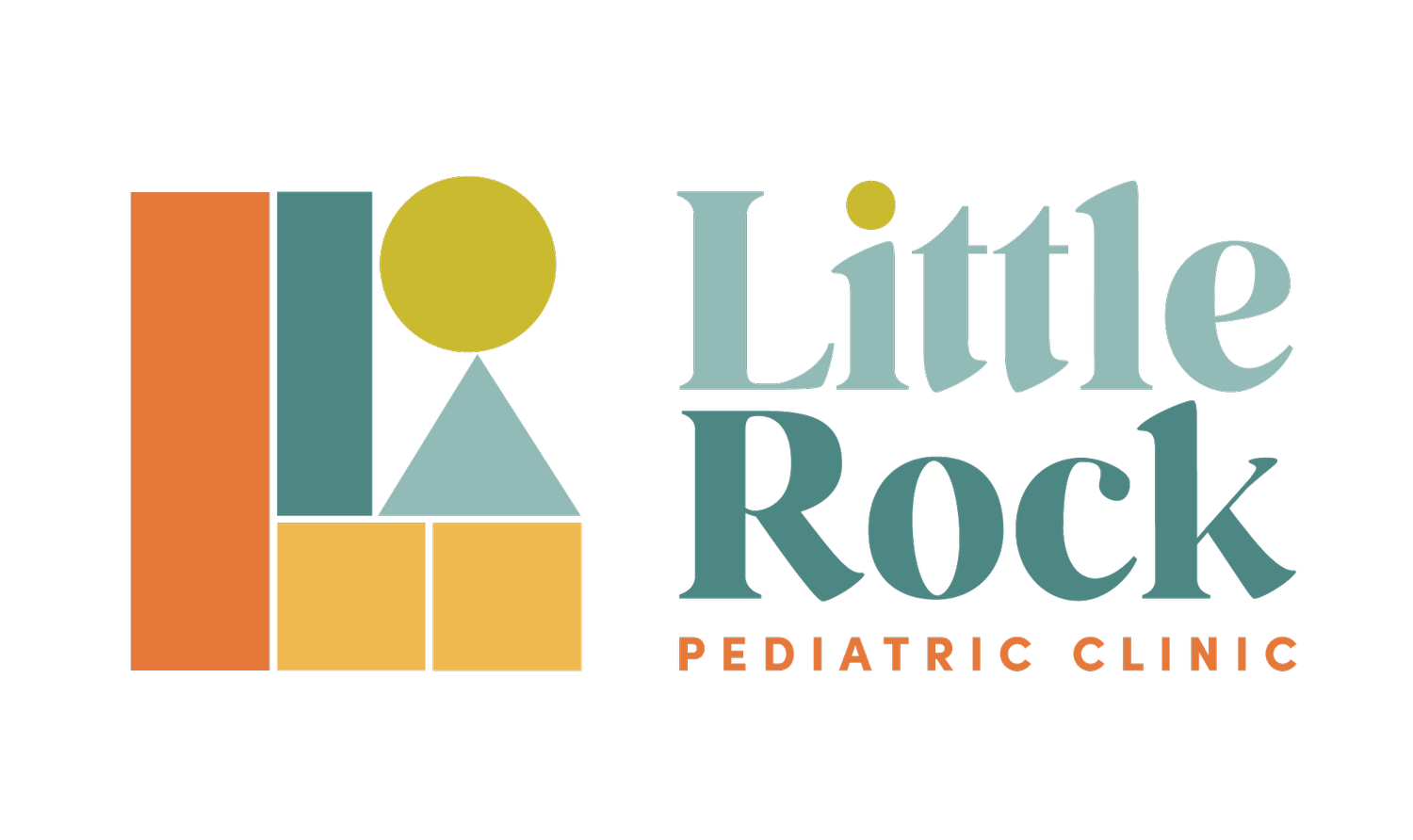Don’t Let A Sunburn Wreck Your Fun!
By Dr. Catherine Robben
It’s finally here… summer! Time to hit the pool, go to camp, and play outside way past bedtime. This month I will be addressing one problem that can put the brakes on fun- sunburn! As pediatricians, we love preventative medicine, and the best way to tackle a sunburn is to prevent it. Sunburns can happen in people of all skin colors. They just occur faster in people with lighter skin. Preventing sunburns now can prevent skin cancer in the future, and pain and suffering in the present.
The information in this article is a combination of recommendations from the American Academy of Pediatrics and my personal professional opinion. I have personally used all the products I list here on myself or my children. I only give examples of products to use because people often ask, but these lists certainly do not contain every good product. It’s most important to use what you can easily find and enjoy using.
For all children, it is recommended to minimize time in the sun between 10:00 AM and 4:00 PM, when the sun’s rays are the strongest. Unfortunately, that is when a lot of us like to be outside! Protective clothing can be very helpful – hats, shirts, shorts, sunglasses with SPF (sun protection factor) can be easily found at most big chain stores like Target, Wal-Mart, or ordered on-line from places like Amazon.
Which sunscreen do I use?
Look for one labeled “broad spectrum” and that has a SPF of at least 15. I personally recommend SPF 30-50. Mineral-based sunscreens are generally thought of as safer because they have less chemicals. They are usually made with zinc oxide (the same thing that is in most diaper creams), or titanium dioxide, as the ingredients that work to prevent burning. Their downside is that they can be difficult to rub in and leave a sticky white layer on the skin or clothing. Every brand is different, so if you hate one, give another one a try. For other sunscreens, the main chemical to avoid is oxybenzone. It can possibly affect human hormones. My favorite brands are Think Baby, Coppertone Pure and Simple, Blue Lizard, and Neutrogena Pure and Free Baby.
How do I apply sunscreen?
Sunscreen should be applied to all exposed areas 15-30 minutes before being in the sun and let it dry. To make sure you don’t miss any areas, I find the easiest way to do this is to apply a good layer all over the body at home before putting on a swimsuit or clothes. When you get to your destination, your kids will be ready to go! Sunscreen should be reapplied every 1-2 hours for it to work like it should. Towel off as best you can and allow it to dry for at least 15 minutes before getting back out there. This can be a good time for kids to sit and drink some water to stay hydrated– multitasking!
For children under 6 months it is recommended to keep them out of direct sunlight as much as possible. Most stroller shades have SPF in them which is helpful. You can also buy sunshades or tents with SPF where the baby can rest. It is safe to put mineral-based sunscreens on infants, but just the exposed areas are recommended. This is where those full body swimsuits can make life easier. I used them last summer at the beach with my little one. It was much easier than trying to rub down his entire body with sunscreen.
In regard to spray sunscreens, most of us use them because they are easy! They have a bad reputation because they tend to have more chemicals in them and don’t work as well as lotions. If you pick one without harmful chemicals and apply to dry skin, rub it in, and let it sit for at least 15 minutes before getting in the sun. I would avoid spraying them near the face and eyes or with infants, where the risk of the inhaling the sunscreen is greater.
How do I treat a sunburn?
Sometimes despite your best efforts, you child still ends up with a burn. Treat with cool cloths and room temperature baths. If the child is over 6 months old, treat pain with acetaminophen or ibuprofen. Pure aloe is fine to put on burns, but many over the counter sunburn relief lotions and gels have pain relieving chemicals that may not be safe for young children. Encourage fluids to keep hydrated. It is important to let the sunburn heal before getting back out into the sun. All the more reason to try to prevent one! No one likes missed fun. If your child has fever, signs of dehydration, or significant blistering from the sunburn, please call us at 501-664-4044 to schedule an appointment.
Next month’s topic: Insect bites and repellants
